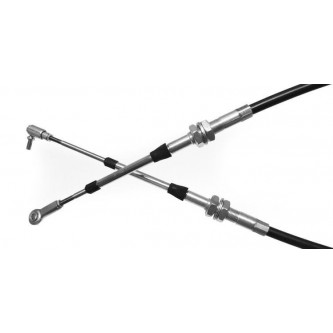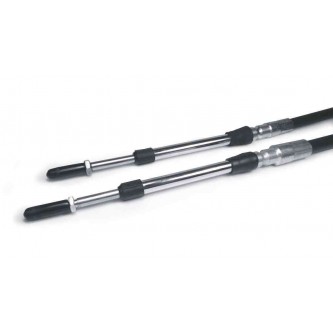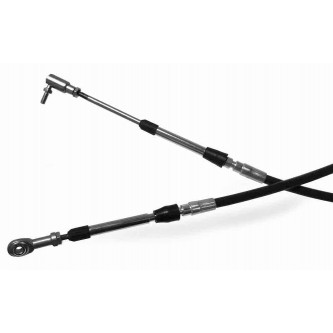Jeep Armor
Jeep Axle
Jeep Battery
Jeep Body
Jeep Brake
Jeep Builders Parts
Jeep Bumpers
Jeep Clutch
Jeep Door
Jeep Driveline
Jeep Electrical
Jeep Engine
Jeep Exterior
Jeep Fender
Jeep Frame
Jeep Fuel System
Jeep Hood
Jeep HVAC
Jeep Interior
Jeep Lights
Jeep Mirror
Jeep Onboard Air
Ball Joint
Ball Studs
Bellcranks
Bolts
Boots for Heims
Bushings
Cables, Parachute
Cables, Shifter
Clevis
Clevis Pins
COM Bearings
Eye Rod Ends
Fasteners
Gussets
Heim Joint Studs
Heim Misalignment Inserts
Heims
Hydraulic Adapters
Hydraulic Hose End Fittings
Isolated Rod Ends
Knobs
Linkage End Assortments
AMC Parts
Agco Parts
Alfa Parts
Alpha Parts
Ariens Parts
Audi Parts
BMW Parts
BWM Parts
Bluebird Parts
Buick Parts
Cadillac Parts
Can Parts
Caterpillar Parts
Chevrolet Parts
Chrysler Parts
Commercial Parts
Dodge Parts
Encore Parts
Fiat Parts
Ford Parts
GMC Parts
Geo Parts
Gradall Parts
Grasshopper Parts
Honda Parts
Hummer Parts
Husqvarna Parts
Hyster Parts
Hyundai Parts
Infiniti Parts
International Parts
Isuzu Parts
JI Parts
JK Parts
Ace Engineering Parts
Alloy USA Parts
ARB Parts
Armis Parts
Aussie Locker Parts
Bestop Parts
Black Rhino Parts
Bushwacker Parts
BuyRightAuto Parts
Camo Systems Parts
Campco Parts
Champion Parts
Clevite Parts
Crown Parts
CSE Parts
CSE Value Kit Parts
Daystar Parts
Energy Suspension Parts
Factor 55 Parts
Fairchild Parts
Fishbone Offroad Parts
Fox Outdoor Parts
Havoc Parts
J.T. Brooks Parts
Jeep Tweaks Parts
K&N Parts
Kentrol Parts
Level 8 Parts
M.O.R.E. Parts
Major Surplus Parts
Midwest Control Products Corp Parts
Mopar Parts
Nostalgic Images Parts
Old Man Emu Parts
Omix-ADA Parts
Outland Parts
Propper Parts
Red Rock Outdoor Parts
Rival 4x4 Parts
Armor Specials
Axle Specials
Battery Specials
Body Specials
Brake Specials
Builders Parts Specials
Bumpers Specials
Clutch Specials
Door Specials
Driveline Specials
Electrical Specials
Engine Specials
Exterior Specials
Fender Specials
Frame Specials
Fuel System Specials
Hood Specials
HVAC Specials
Interior Specials
Lights Specials
Linkage Specials
Mirror Specials
All Parts for Jeeps
Jeep Armor
Jeep Axle
Jeep Battery
Jeep Body
Jeep Brake
Jeep Builders Parts
Jeep Bumpers
Jeep Clutch
Jeep Door
Jeep Driveline
Jeep Electrical
Jeep Engine
Jeep Exterior
Jeep Fender
Jeep Frame
Jeep Fuel System
Jeep Hood
Jeep HVAC
Jeep Interior
Jeep Lights
Jeep Mirror
Jeep Onboard Air
Jeep Recovery
Jeep Roll Bar
Jeep Seats
Jeep Steering
Jeep Steps
Jeep Suspension
Jeep Swag
Jeep Tools
Jeep Tops
Jeep Towing
Jeep Wheels
Jeep Wheels & Tires
Jeep Windshield
All Builder's Parts
Ball Joint
Ball Studs
Bellcranks
Bolts
Boots for Heims
Bushings
Cables, Parachute
Cables, Shifter
Clevis
Clevis Pins
COM Bearings
Eye Rod Ends
Fasteners
Gussets
Heim Joint Studs
Heim Misalignment Inserts
Heims
Hydraulic Adapters
Hydraulic Hose End Fittings
Isolated Rod Ends
Knobs
Linkage End Assortments
Mounting Tabs
Nuts
Push Pull Cables
Rod End Balls
Rod End Kits
Rods, Bent
Rods, Threaded
Spacers for Heims
Swivels
Thread Adaptors
Thread Bungs
Threads, Weld On
Tube Adaptors, Coped
Turnbuckles
Washers
All Parts for Non-Jeeps
AMC Parts
Agco Parts
Alfa Parts
Alpha Parts
Ariens Parts
Audi Parts
BMW Parts
BWM Parts
Bluebird Parts
Buick Parts
Cadillac Parts
Can Parts
Caterpillar Parts
Chevrolet Parts
Chrysler Parts
Commercial Parts
Dodge Parts
Encore Parts
Fiat Parts
Ford Parts
GMC Parts
Geo Parts
Gradall Parts
Grasshopper Parts
Honda Parts
Hummer Parts
Husqvarna Parts
Hyster Parts
Hyundai Parts
Infiniti Parts
International Parts
Isuzu Parts
JI Parts
JK Parts
Kaiser-Jeep Parts
Kia Parts
Lexus Parts
Lincoln Parts
MTD Parts
Mazda Parts
Mercury Parts
Military Parts
Mini Parts
Mitsubishi Parts
Nissan Parts
Oldsmobile Parts
Plymouth Parts
Polaris Parts
Pontiac Parts
Porsche Parts
Push Parts
Rotary Parts
Saturn Parts
Scag Parts
Smart Parts
Subaru Parts
Suzuki Parts
Tesla Parts
This Parts
Toro Parts
Toyota Parts
UTV Parts
Volkswagen Parts
Volvo Parts
Willys Parts
Woods Parts
XJ Parts
All Brands
Ace Engineering Parts
Alloy USA Parts
ARB Parts
Armis Parts
Aussie Locker Parts
Bestop Parts
Black Rhino Parts
Bushwacker Parts
BuyRightAuto Parts
Camo Systems Parts
Campco Parts
Champion Parts
Clevite Parts
Crown Parts
CSE Parts
CSE Value Kit Parts
Daystar Parts
Energy Suspension Parts
Factor 55 Parts
Fairchild Parts
Fishbone Offroad Parts
Fox Outdoor Parts
Havoc Parts
J.T. Brooks Parts
Jeep Tweaks Parts
K&N Parts
Kentrol Parts
Level 8 Parts
M.O.R.E. Parts
Major Surplus Parts
Midwest Control Products Corp Parts
Mopar Parts
Nostalgic Images Parts
Old Man Emu Parts
Omix-ADA Parts
Outland Parts
Propper Parts
Red Rock Outdoor Parts
Rival 4x4 Parts
Road Comforts Parts
Rock Hard 4x4 Parts
Rothco Parts
Rough Trail Parts
RT Off-Road Parts
Rubicon Express Parts
Rugged Ridge Parts
Seat Armour Parts
Skid Row Parts
Skyjacker Parts
Smittybilt Parts
Sona Parts
Steinjager Parts
Steinjäger Parts
Torq-Masters Parts
Trailhead Parts
Tuffy Security Parts
VIAIR Parts
World Famous Parts
Yellow Fin Parts
Zone Parts
All Specials
Armor Parts
Axle Parts
Battery Parts
Body Parts
Brake Parts
Builders Parts Parts
Bumpers Parts
Clutch Parts
Door Parts
Driveline Parts
Electrical Parts
Engine Parts
Exterior Parts
Fender Parts
Frame Parts
Fuel System Parts
Hood Parts
HVAC Parts
Interior Parts
Lights Parts
Linkage Parts
Mirror Parts
Onboard Air Parts
Recovery Parts
Roll Bar Parts
Seats Parts
Steering Parts
Steps Parts
Suspension Parts
Swag Parts
Tools Parts
Tops Parts
Towing Parts
Wheels Parts
Wheels & Tires Parts
Windshield Parts
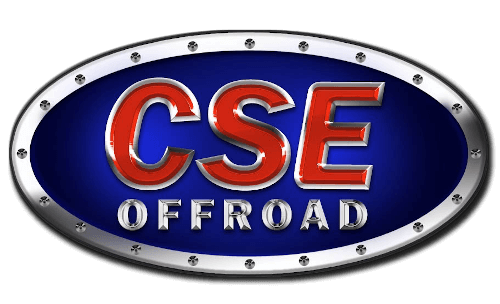
 Shop Our Clothing Line
Shop Our Clothing Line
 Guaranteed Safe Checkout
Guaranteed Safe Checkout
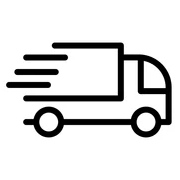 FREE Shipping
FREE Shipping